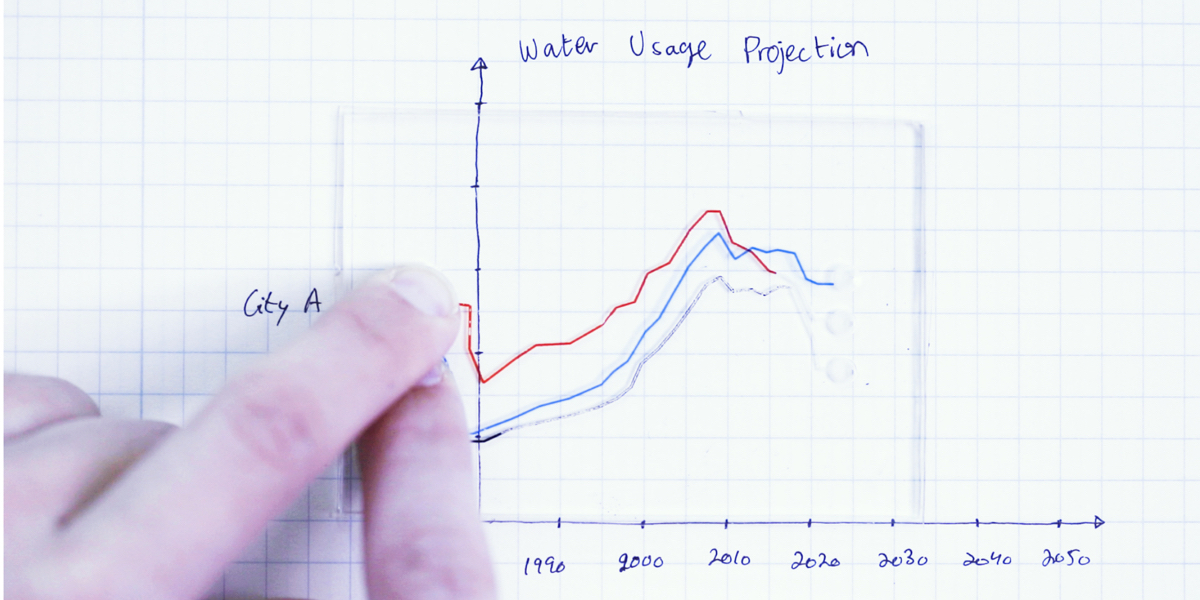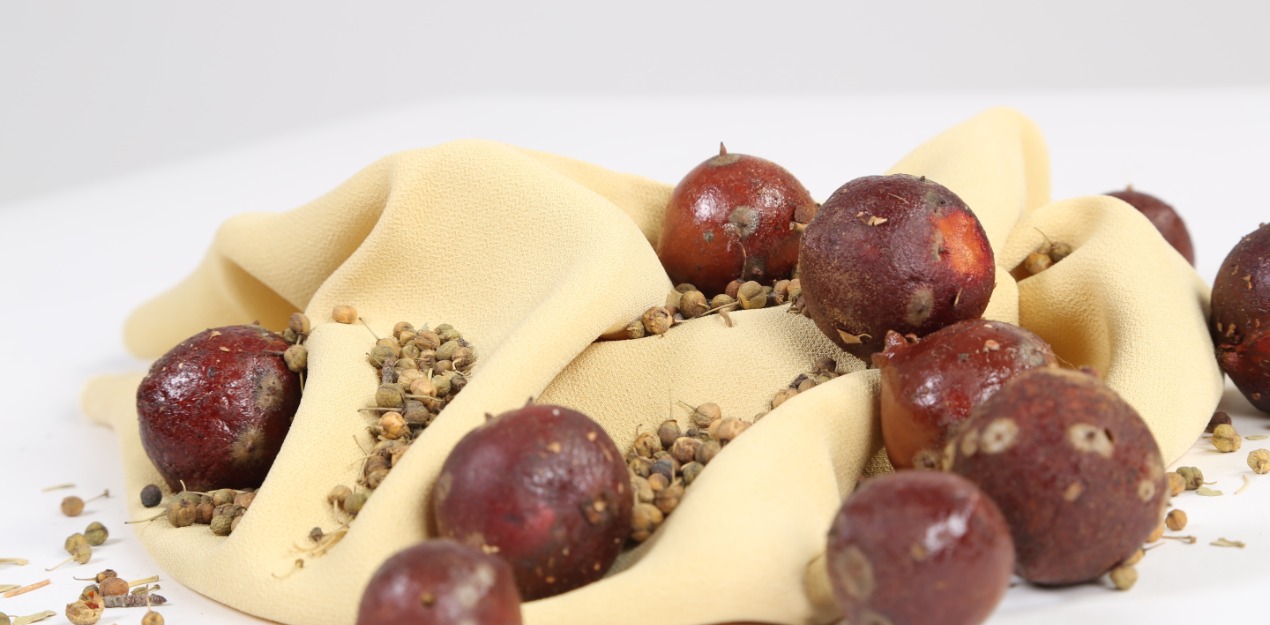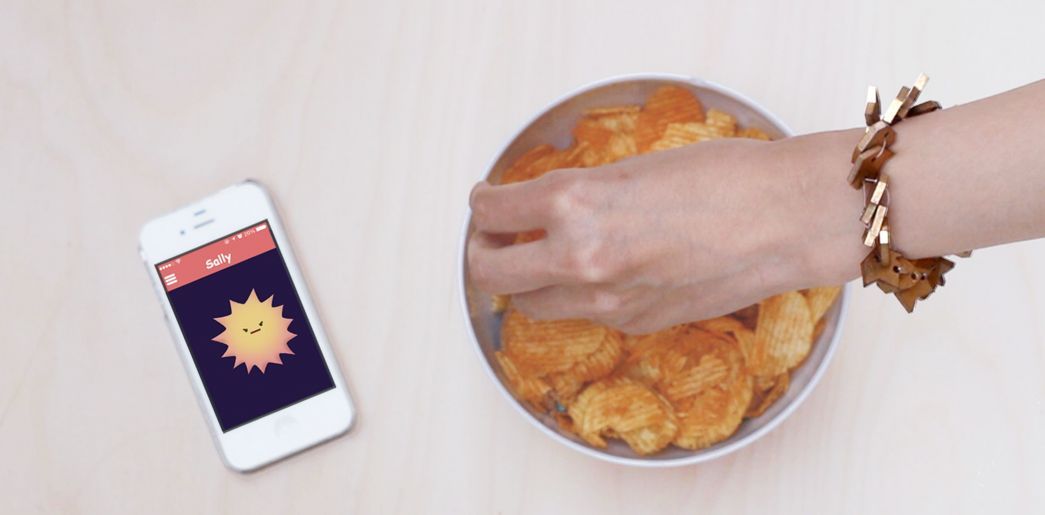AWARD YEAR
2023
CATEGORY
Body
GOALS
Good Health & Well-being, Quality Education, Responsible Consumption & Production
KEYWORDS
Materials , Data Visualizations, Nature-Based Solution, Dynamic, COMMUNICATION DESIGN
COUNTRY
United States of America
DESIGNED BY
Hila Mor
WEBSITE
http://hilamor.com/work#/venous-materials/
Venous Materials
Venous Materials uses fluidic structures to inform users of the motion and force being applied.
How does it work?
The project is inspired the venous structures that are ubiquitous throughout nature and inside the human body. By changing colours, veins can inform us of internal and external physical conditions e.g veins in leaves transmit pigments that drive colour change, to inform us of the internal condition as well as the season. When we press firmly on a button, the tip of our finger changes colour indicating the amount of force applied.
The displayed flow pattern and color change of the fluidic channels within Venous Materials inform the users of the motion and physical force that’s applied on the material. The users can interact with Venous Materials by deforming or applying pressure on the material, which drives the fluid flow within the internal channels to visualize the dynamic responsive display. Therefore, Venous Materials simultaneously functions as a sensor and display of tangible information.
Why is it needed?
Venous Materials opens up exciting potential use cases to embed dynamic analog interactions in everyday objects, such as in wearables to visualize on-body motion, pressure, and body balance for rehabilitation or dance lessons. The designers have created a shoe prototype to visualize the pressure applied on the sole of the shoe, while the display is located on the top of the shoe.
Attached to objects such as a paintbrush or piano keys, it can be applied for actions that involve fine motor skills and learning activities.
This interactive experience can be embedded in textbooks: as an example, we use the sequential nature of the flow to display the stroke order of writing a Chinese character in a textbook, which is important when learning Chinese calligraphy, or where users can dynamically choose and compare data.
For the packaging industry, Venous Materials has great potential for capturing pressure information on the package and for transmitting content condition outside.
How does it improve life?
This design can be used in a wide variety of applications, which help to relay a wider variety of heterogenous data across the many populations of living beings. All of this data is able to be presented in a. simplified and natural manner due to the way in which Venous Materials has been thoughtfully created.
Allowing users to see what they may feel but cannot always quantify enables communication and understanding that has not always been possible. For medical professionals to see the pressure of an injury and the rate of healing, which varied from person to person based on a number of factors, allows an even more personalised care plan for recovery.
This design improves the lives of others by giving them insight into the forces we essentially feel but cannot see.
One of the promising achievements of Venous Materials is its ability to capture the level of the applied pressure or impact as a memory in the material by trapping droplets or mixing colours in an irreversible way.







